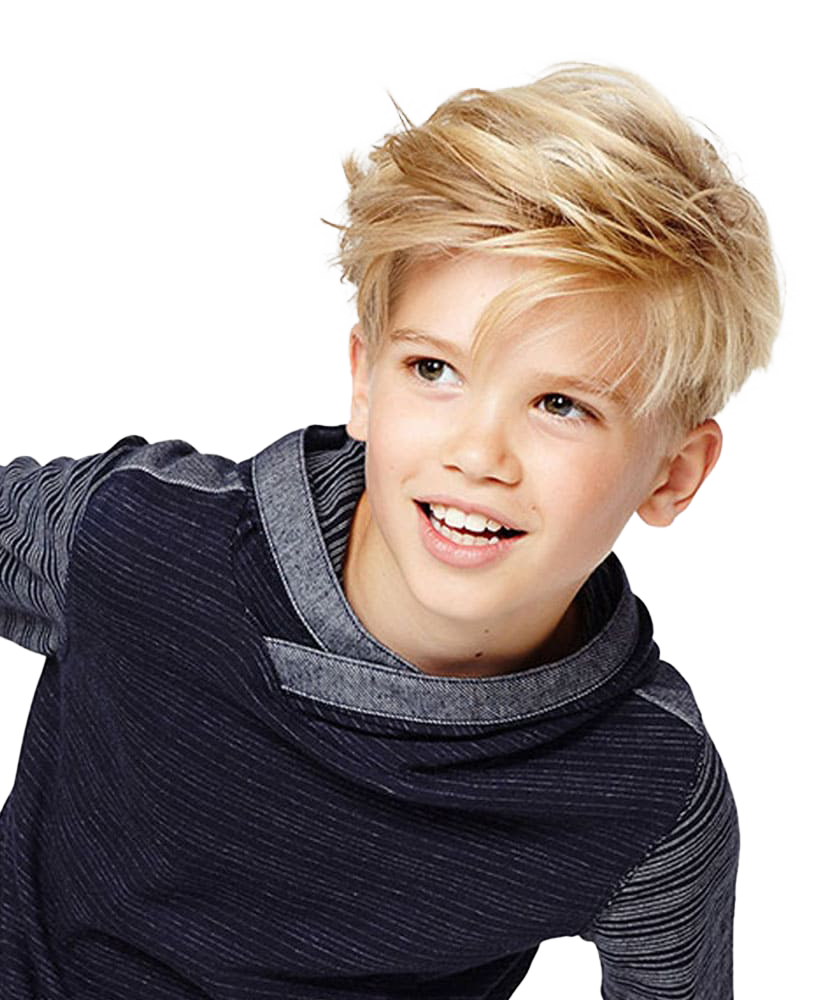Ever wondered
how much fun a haircut can be?

how much fun a haircut can be?
Funky chairs and decor, fun, attractions and activities, besides sympathy and professionalism, are some attributes of Tesourinhas.
Here you can discover the wide variety of toys, educational games, fashion accessories and beauty products for all ages. Not easy to choose!
Come have some fun and a great haircut!
Funky chairs and décor, activities, and professional friendliness are all present at Tesourinhas. Explore our selection of games, toys, fashion accessories, and cosmetics for people of all ages. Join us for some fun and a fantastic haircut!
Our website does not use cookies or any other method to track or collect personal information.
We are committed to respecting your privacy in compliance with all applicable laws in Portugal and the EU. You can safely browse our website, no personal information is tracked or collected by us.
If you have any questions or concerns, please don't hesitate to contact us. Thank you for trusting us.
Our website does not use cookies or any other method to track or collect personal information.
We respect your privacy according to the law in Portugal and the EU. Browse safely, as we do not track or collect personal information on this website.
If you have any questions or concerns, please don't hesitate to contact us. Thank you for trusting us.
Tesourinhas / Cápsula das Brincadeiras, Lda. . All Rights Reserved. Privacy Policy.
Privacy Respected: our website does not use cookies or any other method to track or collect personal information.
Please keep your device in portrait orientation.